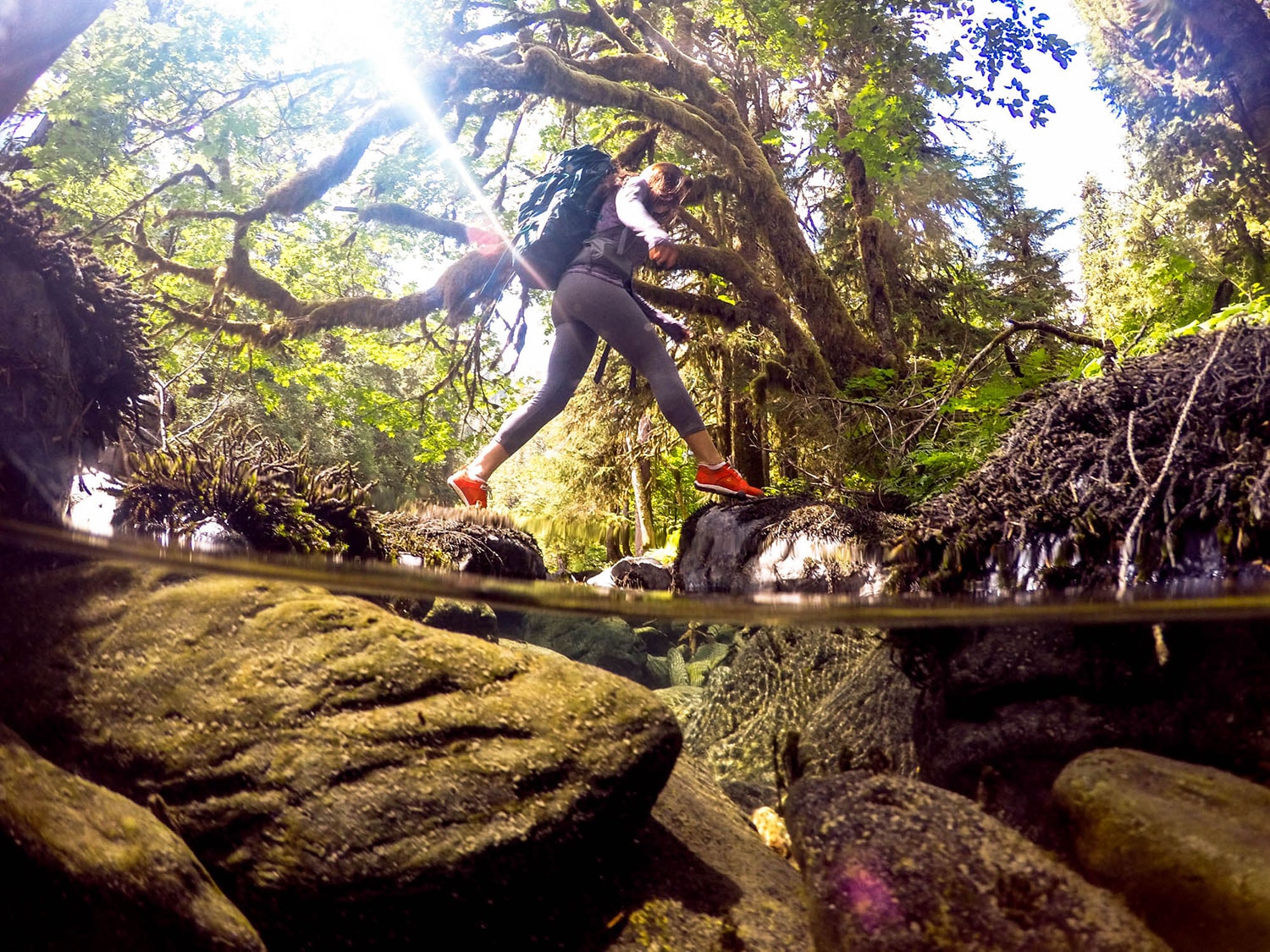Some of us have an extra little vial of energy stored away that can only be drained in nature, on adventures and when we are a little out of our comfort zone. When ignored, that little vial of energy turns into an anxious, discontented feeling.
I don’t think it’s uncommon at all, just little understood, that all people need time in nature to release this energy. That said, more people are recognizing the positive effects that being in nature has on their character, and as a result the national parks have seen a pronounced increase in visitors over the years.
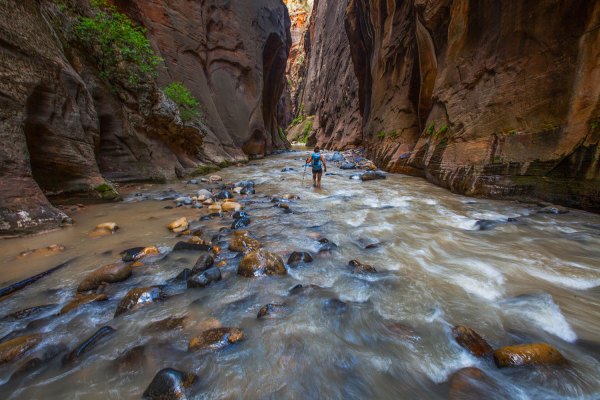
Hiking the Narrows in Zion National Park.
As I spent this last month on the road, visiting every national park possible in an 8,000-mile round-trip journey, I came across all types of people imaginable. All were there for the same basic reason: To to see the famous park landmarks that represent the United States, and to experience being immersed in nature.
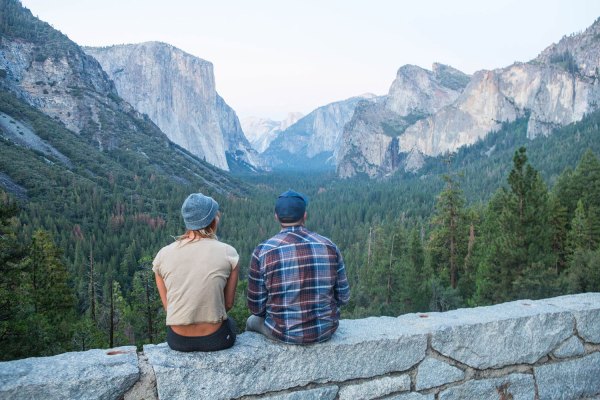
A couple sits on a viewpoint looking out over Yosemite National Park.
Since the creation in 1872 of Yellowstone National Park, the first of its kind, the national parks have become a point of convergence for people who are seeking out the wild. At a Yosemite overlook, a family on its first park outing may find themselves next to one of the greatest climbers of our time, and though their paths will surely diverge, all are there for the same basic reason: to experience the wild as best they can.
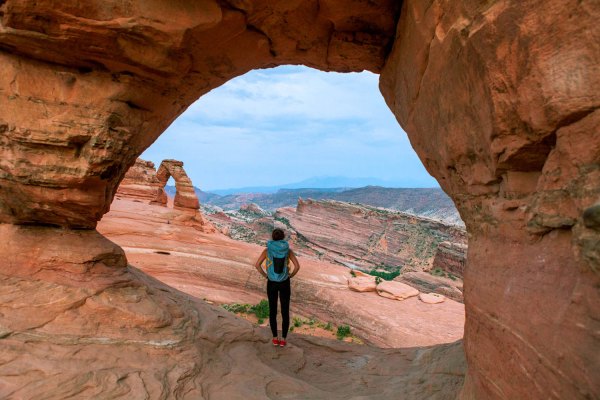
A visitor taking in the view of Delicate Arch in Arches National Park.
I am a firm believer that through photography I can give a person a vicarious experience that can in some way make them care about a place and in turn create a desire to protect that place. Watching crowds of people stand before the precariously balanced Delicate Arch in Arches National Park, I realized it was likely a photograph that brought most of those people here. People don’t walk a mile across the desert because of what a place is named, they walk because of the images that they have seen before. They want to see the nightly performance of the sun setting behind the arch for themselves and see if it really is as magnificent as the photographs they’ve seen.
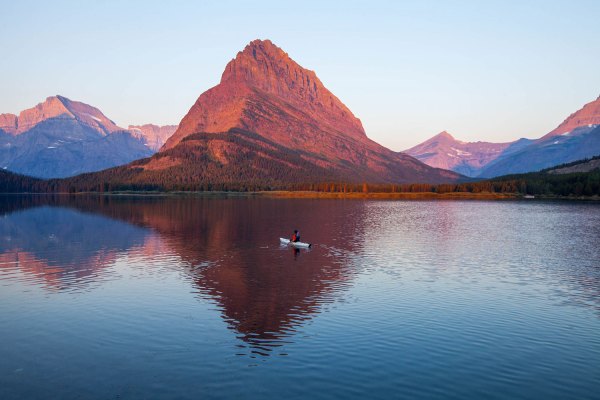
Glacier’s Swiftcurrent Lake at sunrise.
Landmarks and panoramas abound in the national parks, and often there is a well-marked trail if not a road to those that are most famous. In some cases those trails see enough traffic that they have been paved or given a boardwalk to make the journey more convenient and accessible. It’s worth remembering that the national parks were not created solely so that we could enjoy a view. We seem to forget that conservation was fundamental to the creation of these places, and often what is important is not what is on the map.
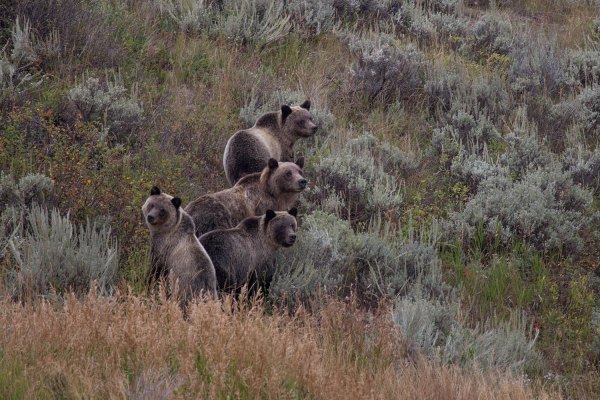
A grizzly bear and cubs in the national forest outside of Yellowstone.
Wildlife flourishes under park protection and often populates environments outside of park boundaries. Forests grow without the threat of deforestation, and the rare and endangered species that struggle in our modern world will most likely be found inside national park boundaries.
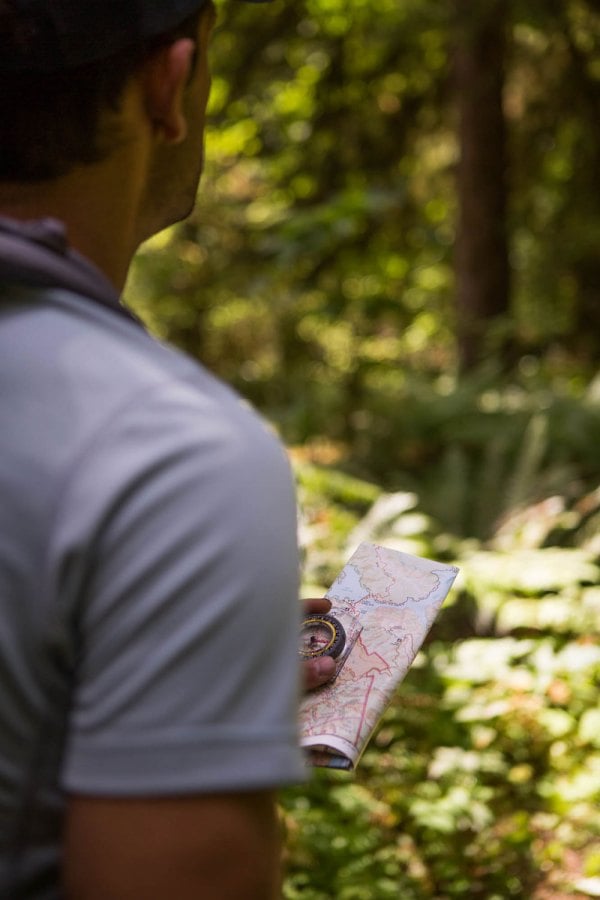
A paper map and compass will never run out of batteries.
To see what really makes the National Park System important, not just to the world, but to us as individuals who need a dose of nature once in a while, there really is nothing quite like shouldering a pack and setting off on foot for a few days. I recommend you wander into the deeper regions of the parks, away from the crowds, away from the well-marked trails, and explore the places where we humans can still feel wild.
There are many ways to find your park, and many places you can find it. Head on over to www.findyourpark.com to submit your national park story.
Download the National Park Mobile App on iOS or Android and learn more about the national parks on REI.com.
